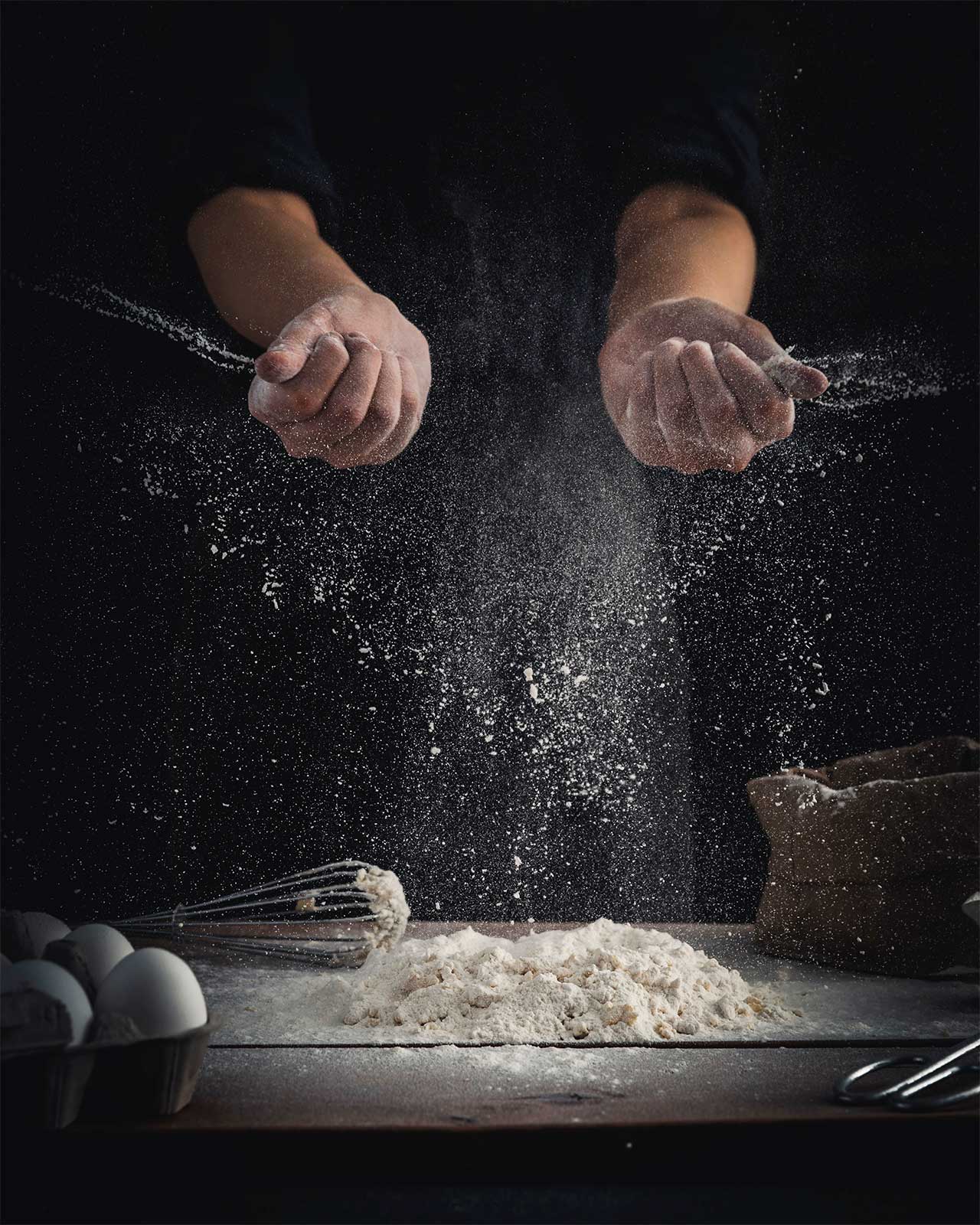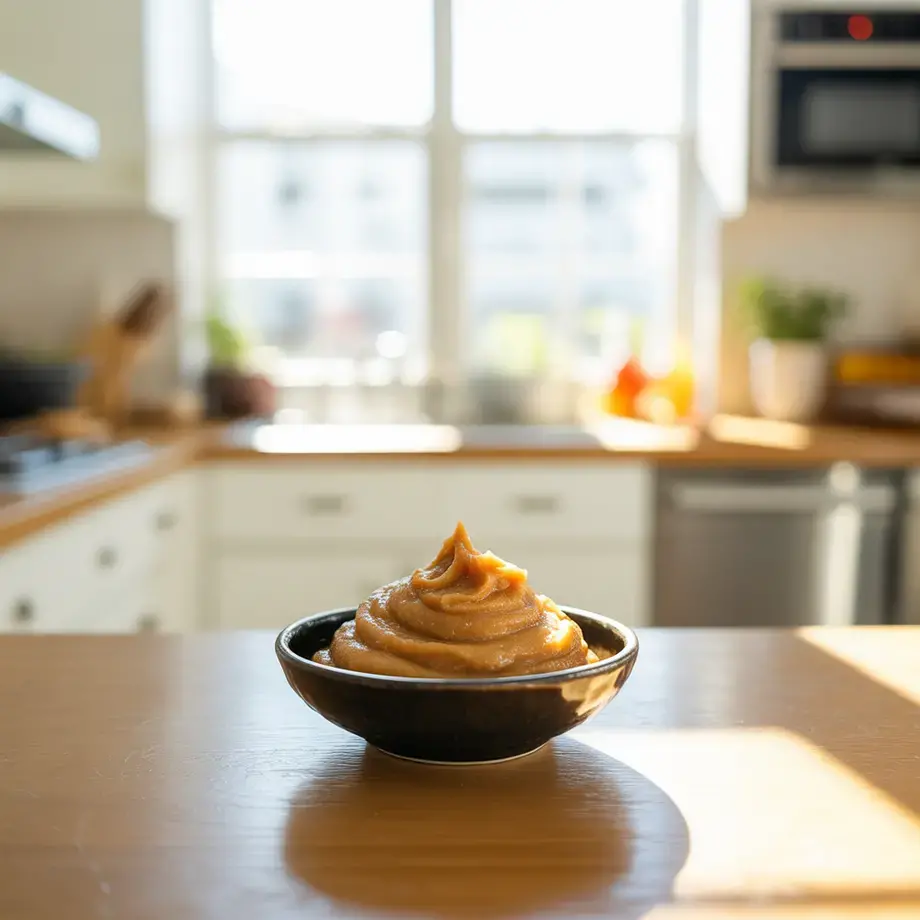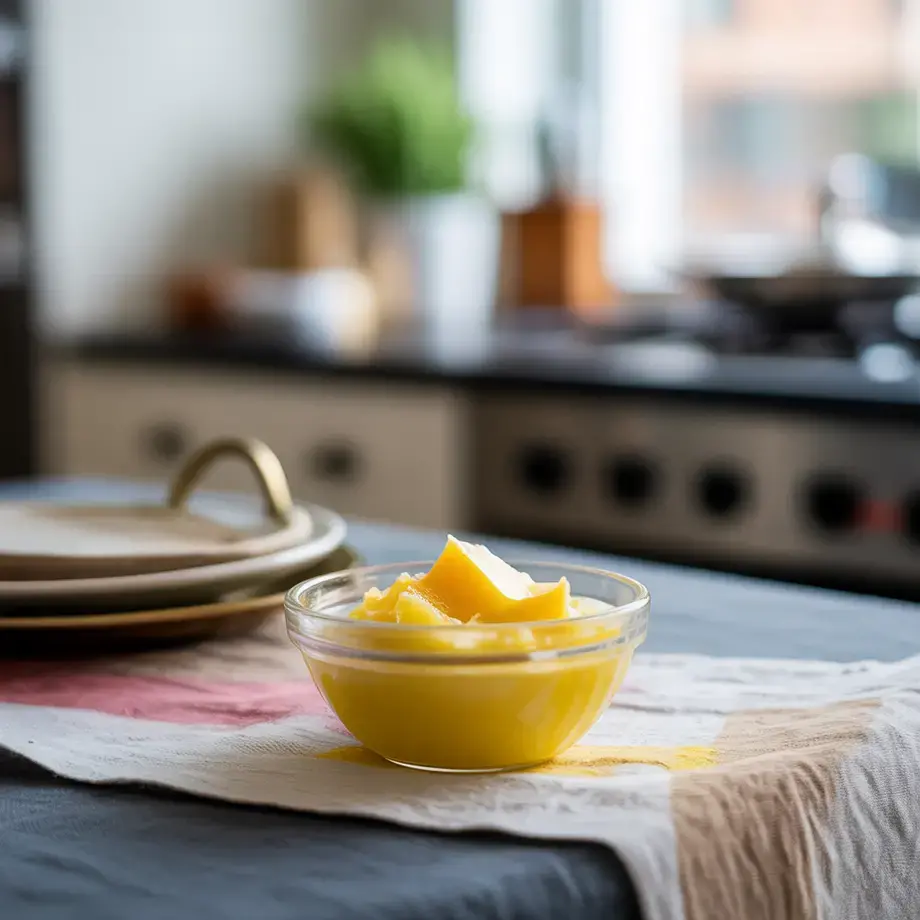Take any recipe containing flour and you will find a sentence to daunt any enthusiastic cook: “sift the flour”. But, technically speaking, what do we mean by “sifting flour”?
To find the answer, you need to consider what happens to this precious ingredient after grinding. To all intents and purposes, it is a compound which certainly contains flour, but also a certain amount of waste, called chaff. Basically, chaff consists of the dry protective casings of the cereal grain which are actually ground together with the seeds. A subsequent refining process takes place with the intent to eliminate these substances, either partially or entirely.
Today this operation is carried out industrially, using a technique called milling, but in the past, it was done using a sieve, would you believe. This consisted of a sort of round mesh attached to a hoop for pouring the flour into. By shaking the sieve, the refined flour passed through the mesh, while the waste in the form of bran and what germ was retained.
So, could this be the sifting process mentioned in recipes the world over? If we give the matter any serious consideration, we have to say it is not, because today we can find flour of any level of refinement we require. Well, could it merely be a relic of the past? Yes, but only in part.
What does 'sifting flour' really mean?
To get a better understanding of what it’s all about, think of an angel cake, one of the best-known cakes in the world. According to our recipe books, this is the classical cake that requires a gradual addition of flour which has been previously well aired to get rid of any lumps caused by poor storage or a sub-standard product. So, nowadays flour is sifted to ensure that the powder falls straight and evenly into the mixing bowl.









